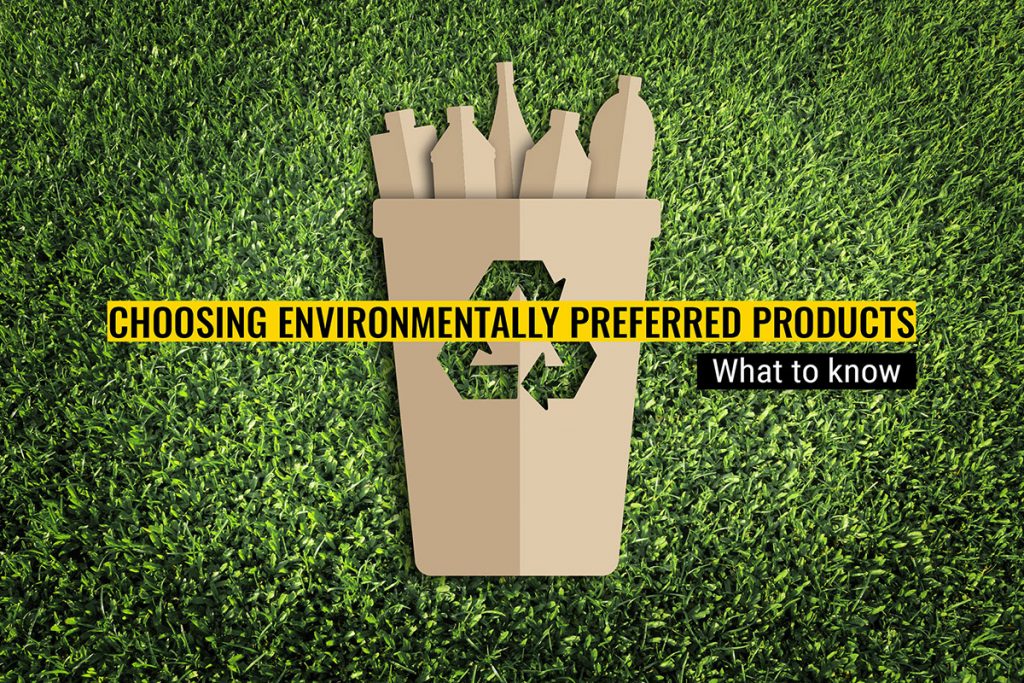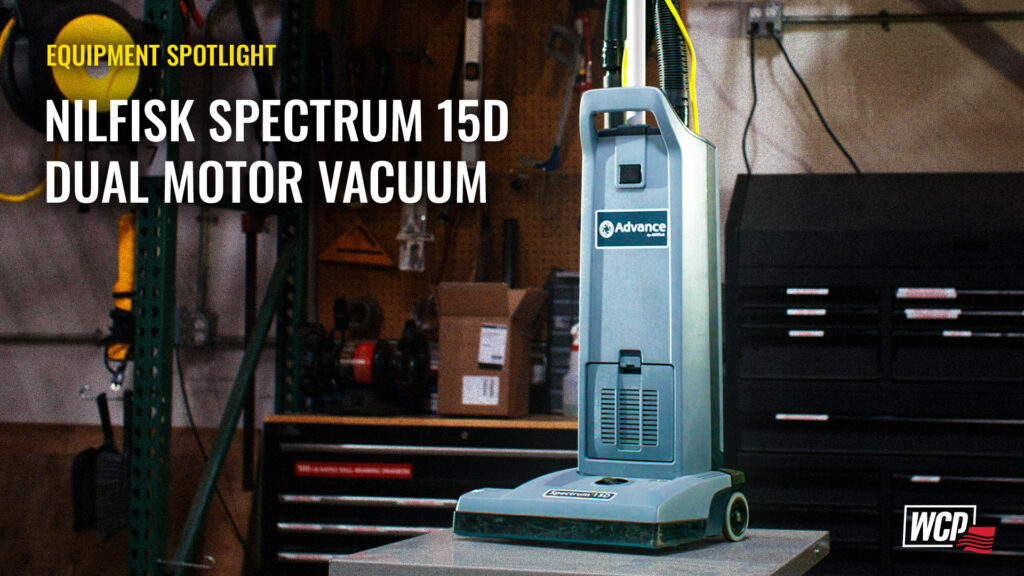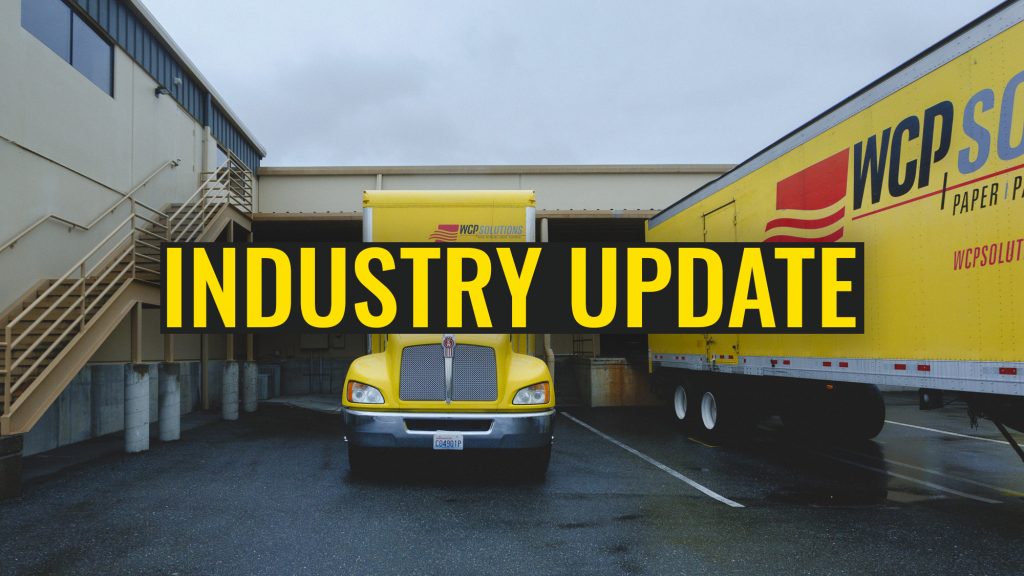What to Know When Choosing Environmentally Preferred Products
 Introduction
Introduction
Environmentally Preferred Products, commonly abbreviated to EPP, are created to have a lesser or reduced negative effect on human health and the environment, as compared to competing products and services with the same purpose. With these products, it is paramount to employ sustainable practices of reducing, reusing, and recycling. Below is a guide to help you make educated choices when considering which products to purchase. But first, we will walk you through what’s known as the “Three R’s” and the keys to creating a truly sustainable life.
Creating a Truly Sustainable Life
Generally, when we think of sustainability, the environment comes to mind. But according to the State Sustainability Index, there is much more that factors into sustainability, or in simpler terms, the Three E’s: Environment, Economics, Ethics. When accounting for and paying attention to each of these, a healthy environment becomes a genuine possibility. It’s not only beneficial to current and future generations but serves to promote economic growth and meets citizen needs in a reasonable and ethical fashion.
Defining “Waste Hierarchy”
Waste Hierarchy, as outlined by Conserve Energy Future, refers to “the order of priority of actions to be taken to reduce the amount of waste generated, and to improve overall waste management processes and programs.” Within this definition contains the “Three R’s”: Reduce, Reuse, and Recycle, which is the ultimate guide to sustainability, and all of which are easily achievable. The main objective is to reduce waste in small ways in our daily lives so that less goes in the landfill, ultimately shrinking your individual footprint. This conserves natural resources and simultaneously buys more landfill space and energy. Sound enticing? Keep reading for tips on how to make this a reality in your everyday life.
Reduce
Perhaps the easiest of the three to comprehend, reduce refers to decreasing what is produced and what is consumed. In this way, there is less waste and thus, less to recycle or reuse. Here at WCP, we utilize a variety of methods to reduce the amount of excess waste. For example, using a thinner can liner (garbage bags) which produces less plastic or using a more environmentally preferred chemical to reduce hazardous chemicals in our waste stream.
Reuse
Reusing or repurposing something either to be used in a different way or to fulfill a different function, is essential to the Waste Hierarchy. One of the ways that customers can reuse product is by choosing items with recycled content. By choosing items with recycled content, we are reusing other products instead of sending them to the waste stream. We offer a variety of products with high recycled levels such as bath tissue, printing paper, corrugated boxes, and pulp shippers. By choosing these type of items you are choosing to reuse material.
Recycle
Perhaps the one we’re most accustomed to hearing about, recycling involves the transformation of an item into a raw material that can be shaped into a new item. Fortunately, most materials on earth can be recycled. We suggest purchasing products that can easily be recycled like glass jars, that are made of recycled materials and are environmentally friendly, and buying non-toxic
Conclusion
There are numerous ways to contribute and the Three R’s provide ample guidelines to succeed. When we invest in the environment in the short and long-term and do our part, we will all have a brighter future. Our goal at WCP Solutions is to equip you with the knowledge and products to help you and your customers achieve your environmental goals.
—-
Sources:
http://statesustainabilityindex.com/three-es-of-sustainability/
https://www.conserve-energy-future.com/reduce-reuse-recycle.php

